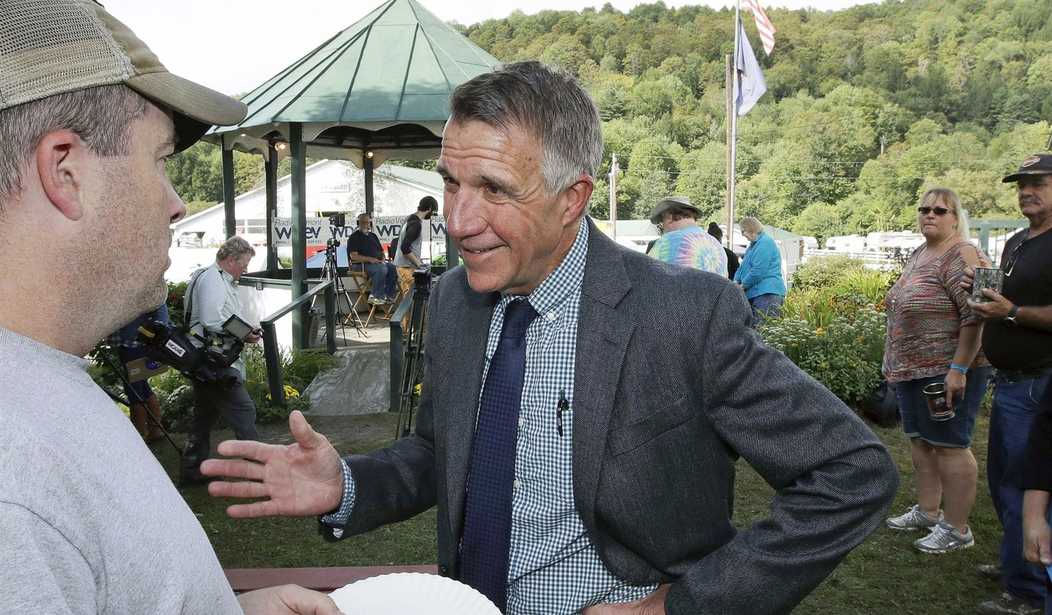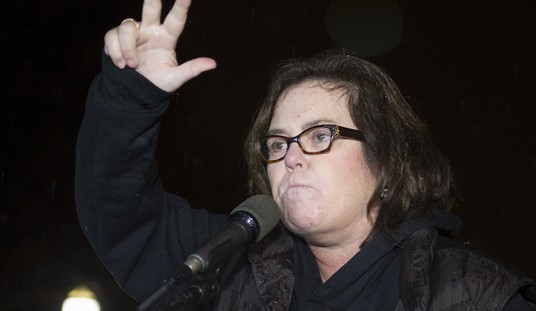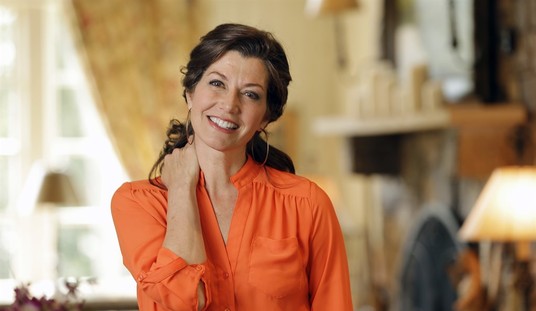According to the Morning Consult polling site, the six most popular governors in the country are Republicans.
More to the point, three of those GOP governors are in blue states. It’s a political phenomenon that’s hard to explain given the hyperpartisan times in which we live.
Leading the pack of blue-state Republican chief executives is Vermont’s Phil Scott, who shows a startling 79 percent approval rating. Second is Massachusetts Governor Charlie Baker with 72 percent approval followed by Maryland Governor Larry Hogan at 70 percent.
National Republicans have been begging Phil Scott to run for the Senate seat being vacated by long-serving Senator Patrick Leahy. But Scott has consistently turned them down.
Scott spokesman Jason Maulucci told Morning Consult the governor “has been clear that he will not be running for the U.S. Senate in 2022, and that has not changed” — even if Senate Republican strategists in Washington are still hoping for his candidacy.
However, Senate contests, due largely to the issue sets that imbue them, are vastly different from gubernatorial races. Just because constituents like someone as a governor doesn’t mean they want that person as a senator, especially if their party at the national level is broadly toxic in the eyes of those voters.
Indeed, recent history suggests that the popularity of a governor doesn’t translate very well to popularity in running for the Senate.
In Montana last year, for example, term-limited Democratic Gov. Steve Bullock was still popular in his own right after he had spent eight years advocating for public lands, Medicaid expansion and campaign finance reform. But Republican Sen. Steve Daines nonetheless defeated him by 10 percentage points — only a slightly smaller margin than Biden’s 16-point loss to President Donald Trump in the state.
Joe Biden gets 93 percent approval from Democrats in Vermont, making a Scott Senate run in that state more problematic than it should be.
But other blue states with Democratic governors are facing 2022 with trepidation.
Democratic incumbents will be playing defense in much-watched Michigan and Wisconsin, and trying to hold an open seat in Pennsylvania. The three governorships are seen as Democrats’ best chance to slow the GOP’s ascendancy in the Rust Belt. The GOP currently holds the governor’s office in 27 states, compared with Democrats’ 23. Thirty-six are up next year nationwide.
Those races are poised to become expensive and intense contests, as voters and political parties have increasingly relied on state leaders to advance — or block — consequential policy. Evers and Democratic Govs. Gretchen Whitmer of Michigan and Tom Wolf of Pennsylvania have emerged as major national figures, credited with stymieing Republican-controlled legislatures’ efforts to add restrictions on voting and to curb precautions during the coronavirus pandemic.
Those three Midwest Democrats may have sown the seeds of their own downfall with their pandemic restrictions and lockdowns. Governor Evers of Wisconsin and Governor Tom Wolfe of Pennsylvania have approval ratings that are underwater at 48 percent and Michigan’s Gretchen Whitmer is at 50 percent.
Republicans will be happy to “credit” them for decreeing lockdowns and school closings during the pandemic. They proved so popular in Virginia for Terry McAuliffe.
The Morning Consult poll reports that “Overall, the nation’s governors are in much better political shape than party leaders in Washington. Biden’s average job approval rating is sitting at 41%, with Congress held in even lower esteem, at 22%.”
That could be due to the low esteem people hold of Washington in general and any association with the toxic capital city taints anyone who lives there.










Join the conversation as a VIP Member